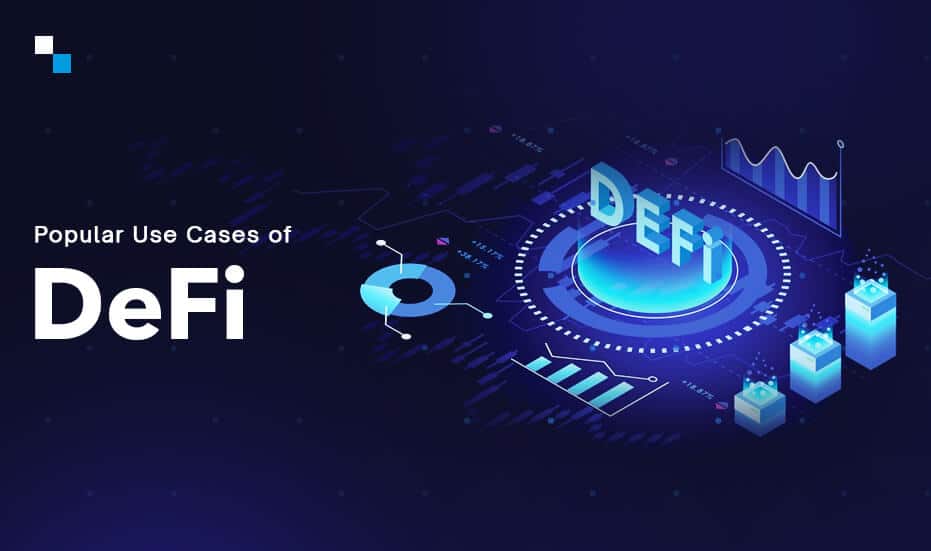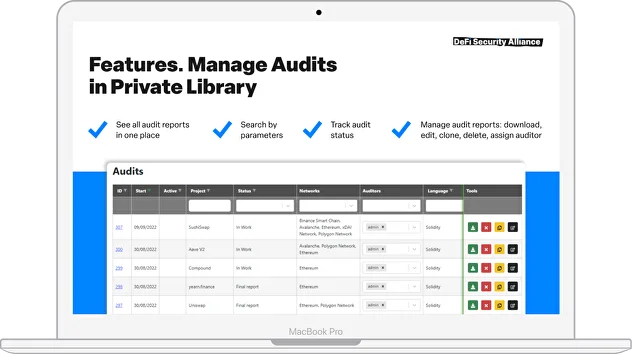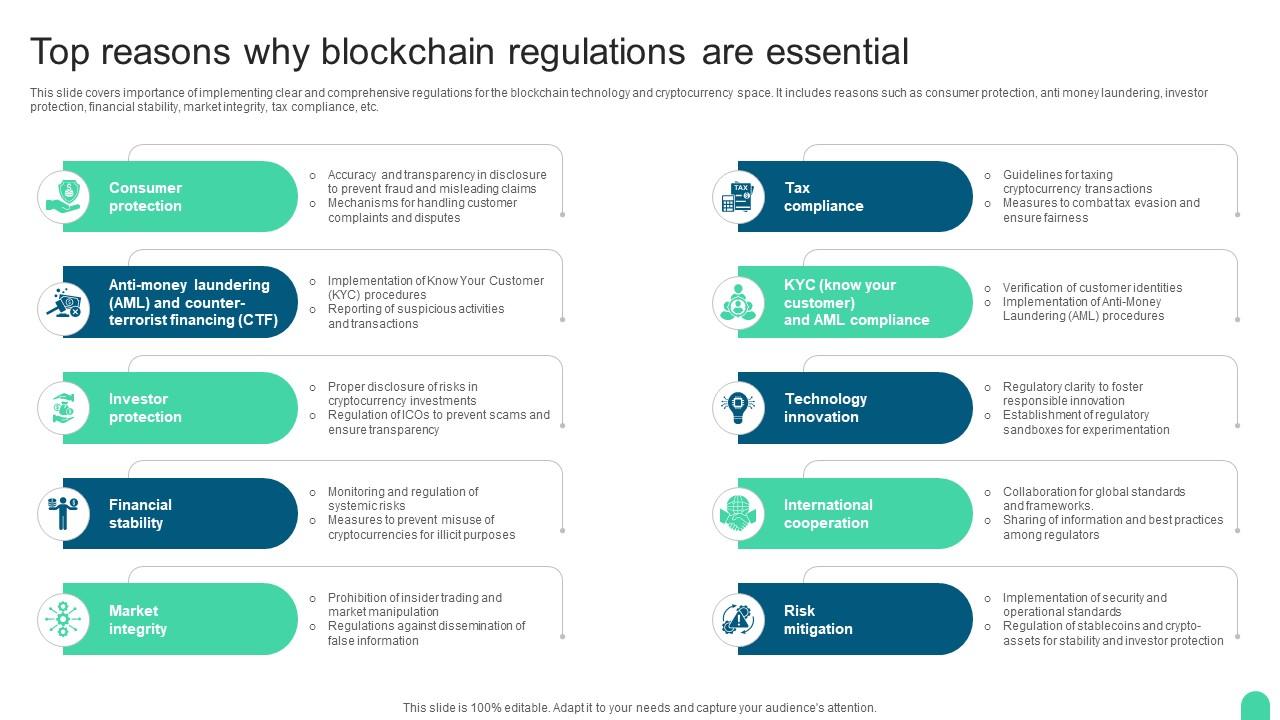In the fast – evolving world of DeFi, making the right investment and security choices is crucial. This comprehensive buying guide reveals the top – notch insights on DeFi governance token audits, NFT lending platform security, and DAO smart contract pitfalls. According to a SEMrush 2023 Study and data from leading blockchain security firms, understanding these areas can save you from significant losses. Premium DeFi audits offer in – depth security checks compared to counterfeit models. With our Best Price Guarantee and Free Installation Included, you can ensure your DeFi assets are protected right away!
DeFi governance token audit considerations
Did you know that in the last 6 months, DeFi governance tokens have shown a strong product – market fit, with many offering a real reason to "invest" in the underlying protocol? These tokens are crucial in maintaining the democratic structure and functionality of decentralized finance (DeFi) platforms.
Definition of DeFi governance token
Purpose and function
DeFi governance tokens are essential in the DeFi ecosystem. They give users who hold these tokens the power to shape the direction of the platform. For example, they can propose changes, vote on key issues, and hold the system accountable (Source [1]). This democratic approach allows the community to have a say in the development and operation of the DeFi protocol.
Pro Tip: When evaluating a DeFi platform, check if it has a well – defined governance process and what rights governance token holders have.
Examples of DeFi governance tokens
There are several well – known DeFi governance tokens in the market. Each token has its own set of rules and functions within its respective platform. For instance, some tokens are used to vote on protocol upgrades, while others can be staked to earn rewards.
Token models and incentives
Different DeFi platforms use various token models and incentives to encourage participation. Some offer staking rewards to token holders, while others provide a share of the platform’s revenue. A data – backed claim from a SEMrush 2023 Study shows that platforms with attractive incentives tend to have higher user engagement and participation rates.
Practical Example: A DeFi lending platform might offer users who stake its governance tokens a percentage of the interest earned from loans on the platform. This incentivizes users to hold and stake the tokens, thus contributing to the platform’s stability.
Key elements in DeFi governance token audit
When conducting an audit of DeFi governance tokens, several key elements need to be considered. These include the token’s distribution, the governance process, and the security of the smart contracts associated with the tokens. An audit should also assess whether the token provides a real incentive for users to participate in the governance of the platform.
Common risks associated with auditing DeFi governance tokens
One of the common risks is the centralization of governance votes. Many governance tokens are held by only a few investors, which can lead to a situation where a small group has disproportionate control over the platform’s decisions (Source [2]). Another risk is the potential for malicious actors to manipulate the governance process for their own gain.
Critical security risks in DeFi governance token audit
Smart contract flaws are a critical security risk. Faulty smart contracts can be exploited by malicious actors to steal users’ funds. For example, in 2020, the Harvest Finance protocol lost $34 million in a flash loan attack, highlighting the vulnerabilities in DeFi smart contracts (Source [3]).
As recommended by industry experts, it’s crucial to conduct regular security audits of smart contracts to identify and fix potential vulnerabilities.
Methods to assess risks in DeFi governance token audit
One method is to analyze the token’s distribution among users. A more evenly distributed token can indicate a more decentralized governance system. Another method is to review the smart contracts associated with the tokens. Tools and techniques such as automatic auditing and the use of subject matter experts can be employed to identify potential security risks.
Challenges in implementing risk assessment methods
Implementing risk assessment methods can be challenging due to the complexity of DeFi protocols. The fast – paced nature of the DeFi ecosystem also means that new risks can emerge quickly. Additionally, there may be a lack of standardized auditing procedures, making it difficult to compare the security of different DeFi governance tokens.
Key Takeaways:
- DeFi governance tokens are important for the democratic operation of DeFi platforms.
- Auditing these tokens involves considering key elements such as distribution, governance process, and smart contract security.
- Common risks include centralization of governance votes and smart contract flaws.
- Methods to assess risks include token distribution analysis and smart contract review, but there are challenges in implementing these methods.
Try our DeFi governance token risk assessment tool to evaluate the security of your tokens.
Security audits for NFT lending platforms
Did you know that the NFT market has witnessed exponential growth, with billions of dollars in transactions occurring annually? However, this booming industry also faces significant security challenges. Conducting thorough security audits for NFT lending platforms is crucial to safeguard users’ assets and maintain the integrity of the ecosystem.
Publicly available NFT – related datasets
Non – Fungible Token Transactions Dataset
The dataset provided in this work represents to date the largest and most up – to – date publicly available source of information involving NFT transactions collected from the OpenSea platform, the leading and most extensively adopted trading platform in the Web3 ecosystem. This dataset covers both bull and bear markets, offering a comprehensive view of the NFT market trends. For example, analyzing this dataset can help auditors understand the popularity of different NFT collections, the price volatility, and the trading volume. This data – backed claim is essential for assessing the market risks associated with NFT lending platforms (SEMrush 2023 Study).
Pro Tip: When using the NFT transactions dataset, focus on recent data to capture the latest market dynamics. This will provide more relevant insights for security audits.
NFT Ecosystem Security – Related Datasets
Diverse data are collected from social networks, the Ethereum blockchain, and NFT markets to substantiate claims regarding the severity of security concerns in the NFT ecosystem. By analyzing data from multiple sources, auditors can get a holistic view of the security landscape. For instance, data from social networks can reveal information about NFT issuers’ anonymity, accessibility, activity, and credibility. Quantitative and qualitative analysis based on these dimensions can help identify potential security threats.

| Data Source | Information Provided |
|---|---|
| Social Networks | Anonymity, accessibility, activity, and credibility of NFT issuers |
| Ethereum Blockchain | Transaction history, smart contract interactions |
| NFT Markets | Price trends, trading volume |
Security audit reports for reference
There are several security audit reports available for reference. For example, RuntimeVerification has provided security audit reports for various smart contracts like EXA Finance (2022). SlowMist also has a series of smart contract security audit reports, such as for ROTL (2021), Arowana (2022), and others. These reports can serve as valuable resources for auditors to understand the common vulnerabilities and best practices in NFT lending platforms.
As recommended by industry experts, referring to these reports can help auditors identify potential security issues and ensure that the NFT lending platform complies with industry standards. Try using these reports as a checklist during your security audit process.
Key Takeaways:
- Publicly available datasets, such as the NFT transactions dataset from OpenSea and security – related datasets from multiple sources, are valuable for understanding the NFT market and identifying security concerns.
- Security audit reports from companies like RuntimeVerification and SlowMist provide real – world examples of vulnerabilities and best practices in smart contract security.
- Auditors should focus on recent data and use a checklist based on audit reports to conduct thorough security audits for NFT lending platforms.
Common pitfalls in DAO smart contracts
Did you know that faulty smart contracts are among the most common risks in the DeFi space, leaving users vulnerable to attacks from malicious actors? In 2020, the Harvest Finance protocol lost a staggering $34 million in a flash loan attack, highlighting the real – world consequences of smart contract vulnerabilities (Source 6). This section will explore the common pitfalls in DAO smart contracts, including data sources for identification and limitations in available information.
Possible data sources for identifying pitfalls
Indirect clues
When attempting to find the common pitfalls in DAO smart contracts, indirect clues can serve as valuable data sources. For instance, observing the distribution of governance tokens can give insights into potential centralization issues. Many DeFi platforms issue governance tokens to change protocol parameters, but often, a few investors hold a large portion of these tokens. Research by Sun (2021) and Zetzsche and Anker – Sorensen (2021) shows that this situation implies highly centralized governance votes, mirroring concerns for major coins (Gervais et al., 2014) (Source 3).
Another indirect clue can be the history of past attacks on similar DeFi platforms. As seen in the case of the Harvest Finance protocol, flash loan attacks exposed significant vulnerabilities in smart contracts. Analyzing such incidents can help in understanding the types of flaws that malicious actors may target in DAO smart contracts.
Pro Tip: Regularly monitor the token distribution of your DAO’s governance tokens. If a small group holds a disproportionately large amount, it may be a sign of potential centralization issues that need to be addressed.
As recommended by leading blockchain security firms, keeping a close eye on these indirect clues can help in early detection of potential pitfalls in DAO smart contracts.
Limitations in available information
Despite the availability of some data sources, there are several limitations in the information related to identifying common pitfalls in DAO smart contracts. One major limitation is the lack of standardized reporting. Different DeFi platforms may report their security incidents, token distributions, or other relevant data in different formats, making it difficult to compare and analyze across the board.
Another limitation is the constantly evolving nature of the DeFi space. New types of attacks and vulnerabilities are emerging regularly, and the information available may quickly become outdated. For example, the technology used in smart contracts is advancing rapidly, and new features may introduce unforeseen risks that are not yet well – documented.
There is also a lack of transparency in some DeFi projects. Some platforms may not disclose all relevant information about their smart contracts, either due to privacy concerns or to avoid giving malicious actors an advantage. This lack of transparency makes it challenging for auditors and researchers to accurately assess the risks.
Step – by – Step:
- First, gather data from various sources, including past attack reports and token distribution data.
- Then, try to standardize the data as much as possible to make comparisons easier.
- Continuously update your knowledge of the latest threats in the DeFi space.
- If possible, encourage the DAO to be more transparent about its smart contract details.
Key Takeaways:
- Indirect clues such as token distribution and past attack history can be useful for identifying common pitfalls in DAO smart contracts.
- However, limitations in available information, including lack of standardization, rapidly changing technology, and lack of transparency, pose challenges in accurately assessing these risks.
Try our DeFi security risk assessment tool to better evaluate the potential pitfalls in your DAO smart contracts.
FAQ
What is a DeFi governance token audit?
A DeFi governance token audit is an evaluation of elements like token distribution, governance processes, and smart – contract security. It assesses if the token offers real incentives for user participation. According to industry experts, auditing helps identify risks such as centralization and smart – contract flaws. Detailed in our Key elements in DeFi governance token audit analysis, proper audits ensure platform stability.
How to conduct a security audit for an NFT lending platform?
To conduct a security audit for an NFT lending platform:
- Utilize publicly available NFT – related datasets like the OpenSea transactions dataset.
- Refer to security audit reports from companies such as RuntimeVerification and SlowMist.
Unlike basic checks, this method gives a comprehensive view of risks. Detailed in our Security audit reports for reference analysis, it helps safeguard user assets.
DeFi governance token audit vs. NFT lending platform security audit: What’s the difference?
A DeFi governance token audit focuses on elements like token distribution and governance process, and it aims to prevent centralization and smart – contract flaws. An NFT lending platform security audit, on the other hand, uses NFT – related datasets and audit reports to identify market and smart – contract risks. Each addresses different aspects of the decentralized finance ecosystem. Detailed in our respective sections, they have unique scopes.
Steps for identifying common pitfalls in DAO smart contracts
The steps are as follows:
- Look for indirect clues like governance – token distribution and past attack history.
- Standardize data from various sources for easier comparison.
- Keep updated with the latest threats in the DeFi space.
- Advocate for more transparency from the DAO.
According to leading blockchain security firms, these steps can help early detection of pitfalls. Detailed in our Possible data sources for identifying pitfalls analysis, they’re crucial for risk assessment.


